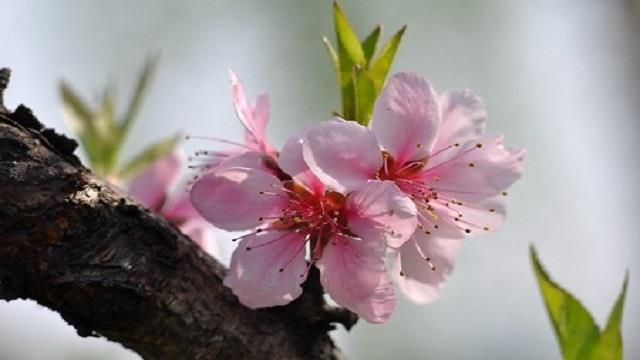Which plants move
Last Update :2024.11.01
Article Catalog
The vast majority of plants are fixed and will not move without external force. However, there are a few rare plants that, due to their own characteristics, can spontaneously move under conditions such as light and temperature.

sunflower
Sunflower
Sunflower is named because the top of the young plant in the early stage of growth and the young flower disc in the middle stage rotate with the rotation of the sun. The movement of sunflowers is a typical phototropic movement. When the sun rises in the east, the east side of the emerald-green sunflower is exposed to sunlight, causing the vigorously growing top young stems to have more auxin on the backlit west side. The cells on this side elongate longitudinally and grow faster, causing the young stem to bend toward the slower-growing east side, that is, the top of the sunflower (the flower disk) bends eastward in the morning. As the sun moves in the sky and changes the direction of light, the top of the sunflower (the flower disk) also constantly changes direction. It stands upright at noon and bends westward in the afternoon. The sunflower also moves with the sun rising in the east and setting in the west.

Mimosa
Plants and Animals Unlike other plants, Mimosa pudica has no nervous system or muscles. It does not sense stimulation from the outside world. Mimosa pudica is different from other plants. When it is touched by the outside world, its leaves will droop and the small leaves will close. This action is understood by people as "shyness". ", so it is called Mimosa. This special ability of mimosa has its certain historical roots. Its hometown is Brazil in tropical South America, where there are often strong winds and heavy rains. Whenever the first drop of rain hits a leaf, it immediately closes its leaves and droops its petioles to avoid damage from the violent storm. This is its adaptation to changes in external environmental conditions. In addition, the movement of Mimosa can also be regarded as a way of self-defense. As soon as an animal touches it, it will close the leaves, and the animal will not dare to eat it anymore.

Water lily
Water lily is also called Ziwu Lotus and cress are perennial aquatic plants belonging to the genus Nymphaeaceae of the Nymphaeaceae family. Water lilies are rare flowers among aquatic flowers. As the sun sets, the water lily flowers will gradually close, as if the flowers are going to sleep at night, hence the name water lily. The water lily is also known as the "Sleeping Beauty among Flowers" due to its ability to relax during the day and at night. A poet once described water lilies like this: "Don't get me wrong, we don't like to sleep, we just don't like the twilight, so we close the flowers at night. After midnight, we open them very early again, welcoming the rising sun and the arrival of vitality in advance." ”

Dancing Grass
Dancing Grass , also known as dancing grass, lover's grass, windless automatic grass, sentimental grass, romantic grass, courtship grass, etc., is a perennial woody plant belonging to the Leguminosae family. There are 3 delicate leaves on each branch and petiole. When the temperature When the temperature reaches above 25℃ and is stimulated by a sound of 70 decibels, the two small leaves will "dance on their own" around the large middle leaf, hence the name "Dancing Grass", giving people a sense of freshness and mystery. Dancing grass is produced in some provinces and regions in southern China. Dancing grass is grown in many botanical gardens today and has attracted much attention as a moving pet.

mimosa
water lily
dance grass
- END -
These flowers only bloom in spring, so take a look! Make the mistake of waiting another year

Spring is here, and the time for flowers to bloom is here! Do you know when these ...
The difference between mountain peach and peach blossom

Appearance: Mountain peach leaves are generally ovate-lanceolate, while peach leav...